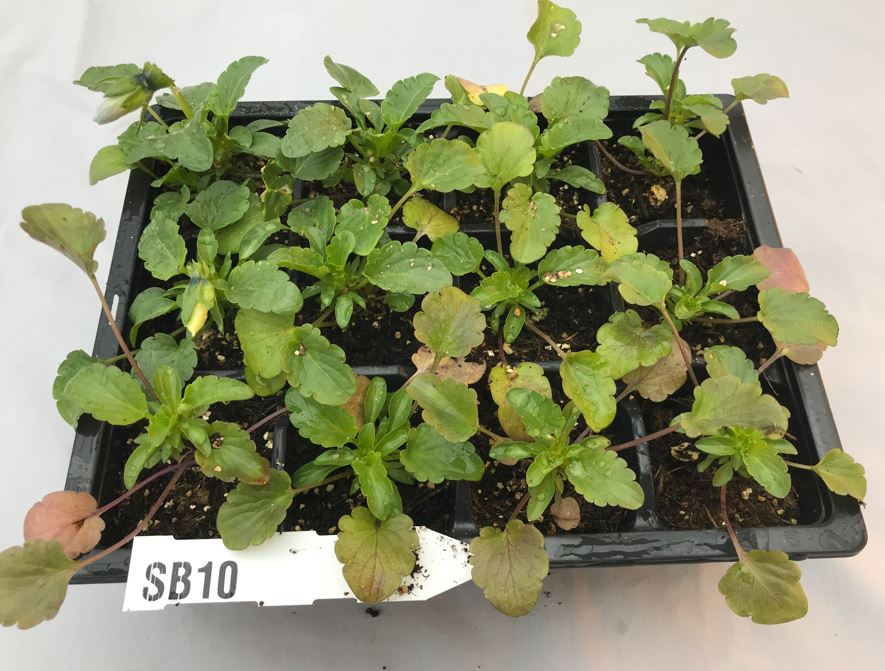The way that a crop is watered affects the delivery of the liquid feed. This page will help you understand the effect of the relationship between them.
Go back to the main liquid feed page
What factors need to be considered in your irrigation/feed set-up?
Overhead irrigation
- Liquid feed via overhead irrigation can be as effective as doubling the feed concentration delivered by other methods of irrigation.
- Frequent, smaller doses of overhead irrigation can deliver lower concentrations of feed most effectively.
- The electrical conductivity of growing media may appear low in comparison to feed delivered by other irrigation methods, so monitor plants for deficiency before increasing feed amount.
- Overhead irrigation delivery of liquid feed can give more consistent results than feed delivered by other irrigation methods.
- If water use is low, the feed amount can be increased by altering feed/water ratios.
- In hard water areas the pH of growing media increases more when using overhead irrigation than with either capillary matting or ebb and flow.
Capillary matting with irrigation
- Capillary matting retains water and can lead to lower water use and lower feed availability.
- If water use is low, the feed amount can be increased by altering feed/water ratios.
- If feed/water ratio is increased, monitoring of growing media EC is important as capillary matting can build up excess nutrients.
- Nutrient toxicity can happen if EC is high leading to poor quality, stunted plants.
 NIAB
NIAB
Nutrient toxicity in pansy
Ebb and flow irrigation
- Plants grown with ebb and flow irrigation can grow bigger than with other irrigation methods.
- The EC of the growing media stays higher than with overhead irrigation.
- If water use is low, the feed amount can be increased by altering feed/water ratios.
 NIAB
NIAB